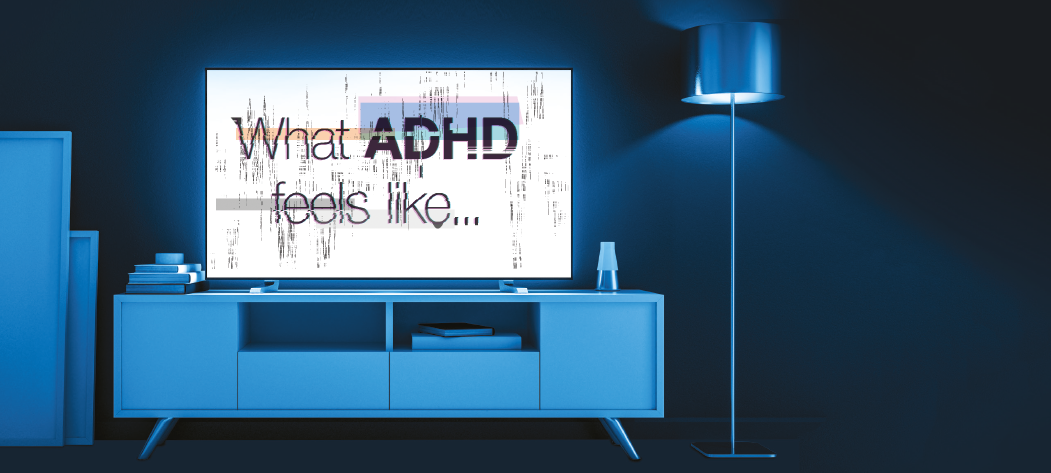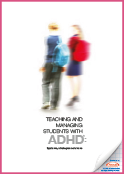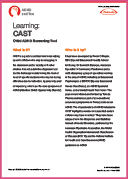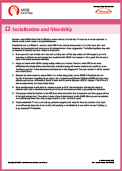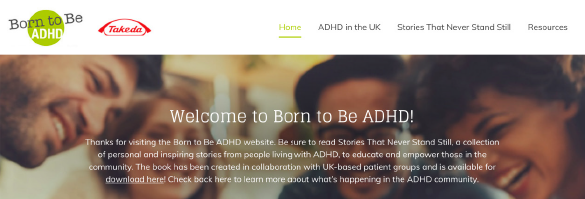One of the most important stages in teaching and managing a student with ADHD is to try and understand how they may see the world around them.
Students who have ADHD explain that they get lots of different thoughts at the same time. It’s confusing and they are always in trouble with someone. They feel unpopular and know that sometimes they are difficult to like.
From the student’s point of view, nobody seems to understand them. This is how they feel:
-
They seem to get the blame for everything. It’s miserable and unfair
-
It’s hard making and keeping friends. At school other kids wind them up because they are different
-
Adults are always annoyed because they’ve forgotten something or done something silly. They spend ages telling them off and making them feel stupid
-
If they had some type of physical disability that people could see, they’d understand, but as they can’t see that their brain isn’t receiving a perfect signal, they don’t get any sympathy at all
A student with ADHD presents every teacher with a challenge; but ADHD can also present an opportunity to find ways of teaching and managing the student successfully.
Of course, it can be frustrating when a student seems to be constantly fidgeting, jumping up from their seat, interrupting and disrupting the whole class. It’s natural for you to feel that one student is in danger of holding all the others back.
Fairness is not giving every student the same, instead it is giving every student what they need. Students with ADHD will usually have a greater level of need than their peers. The key is to find the correct balance.
Adding to the frustration, the student with ADHD:
-
Is distractible and distracting to others
-
Presents work that is sloppy or incomplete and homework that is late, lost or ignored
-
May often rock on his/her chair
-
May often lose books and materials
-
May often show a recklessness and impulsiveness that is ‘scary’
-
May make inappropriate comments that cause conflict and offence with classmates
-
Is often a victim of teasing and bullying, as they are often perceived as strange or quirky
As a teacher, you are an expert at dealing with a range of students and different types of learners and will have plenty of experience of managing challenging behaviour. You will probably find that the methods you already use with challenging students will benefit some students with ADHD, but you may want to consider additional solutions to manage specific cases.

